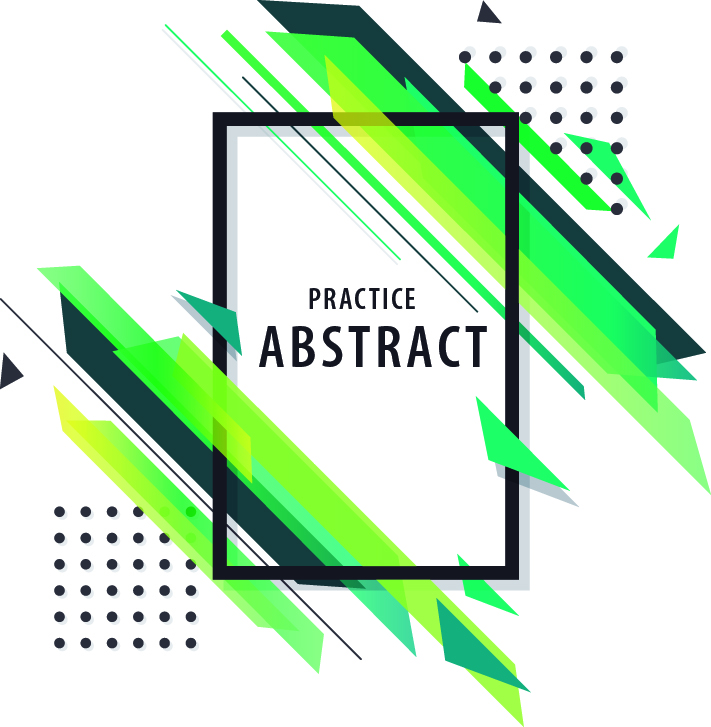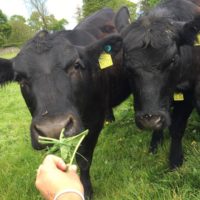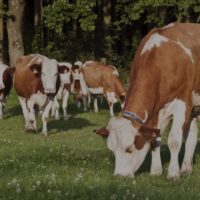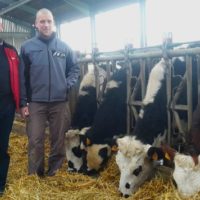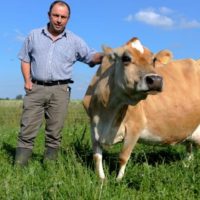Description
Fertilizer ordinance in forage farms and increasing nutrient efficiency in arable and grassland areas is becoming increasingly important, especially in regions with high livestock density. A membrane filtration system was presented as a slurry treatment process, aiming to reduce the amount of liquid manure produced, the costs for storage and transport and the number of transport routes, to concentrate nutrients and to separate nitrogen and phosphate for a targeted fertilisation. The nutrients are concentrated in the solid phase. The separation of slurry and the use of the liquid phase to fertilise grassland is of particular interest, as slurry penetrates the soil faster and the roots achieve a higher degree of efficiency.
The filtration process consists of three stages:
- Solid-liquid separation: a screw press separates about 80% of the dry matter and 85% of the phosphate from the slurry (stackable and transportable material – input material for biogas plants)
- Ultrafiltration: a membrane technology separates all fine particles. This membrane efficiently prevents clogging, which is a general problem in many other filtration systems, resulting in a liquid nutrient concentrate with reduced phosphate content
- Reverse osmosis: a membrane technology used in seawater desalination isolates dissolved substances and separates a large part of the slurry as clean water (permeate), producing clean water for irrigation/cleaning/discharge into water bodies as well as a nutrient concentrate rich in N, S and K and well-suited for fertilisation.
This system can be a solution for farmers with high livestock density. The cost and technical complexity of this system is very high, so more farmers need to work together to use it efficiently.
